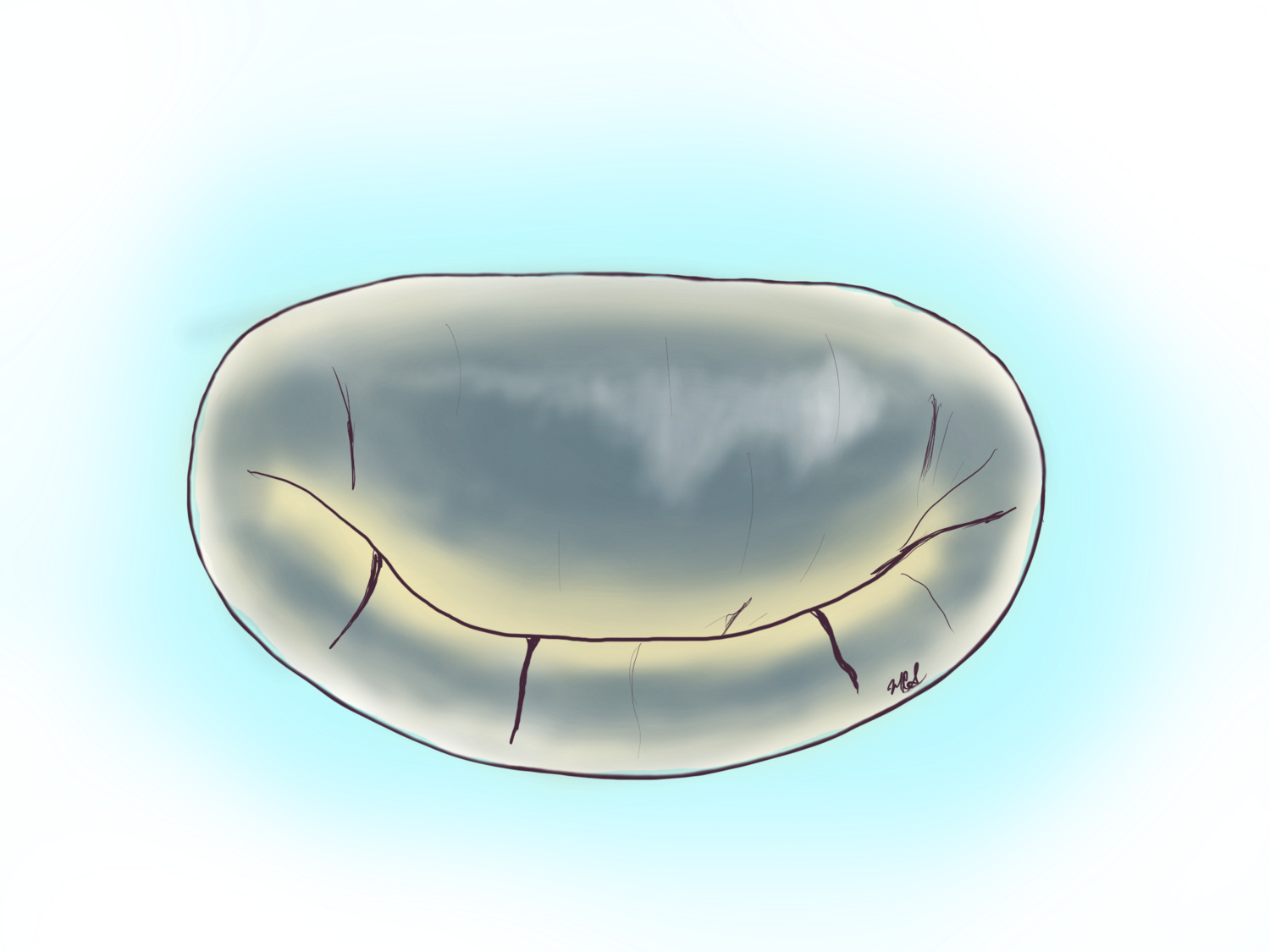Infectious Mitral Valve Leakage (endocarditis)
Infections of the heart valves are called “endocarditis”. This phenomenon has become increasingly common in the last few years with the intravenous opioid abuse epidemic. Infections that typically occur at the skin level and the vein site of injection can propagate to the blood and then the heart. All valves in the heart are at risk for infection. These infections can range from those treated with IV antibiotics with a full resolution to those that get out of hand and cause destruction of the valve tissues and leading to regurgitation of the affected valve.
In advanced cases the infection can cause destruction of the tissues that hold the valves in place and lead to a high-risk circumstances where three valves are affected requiring a total reconstruction of the center of the heart. When infections affect the mitral valve and cause severe mitral regurgitation the solution is more often to replace the valve and in a select group of patients repairing it.
Endocarditis of the mitral valve on echocardiogram
Take Home Points:
Severe infections of the mouth, blood and other locations can lead to infection of the heart valves.
Endocarditis of the mitral valve can destroy the valve itself.
Anyone with a new heart murmur after severe infectious illness needs assessment by a heart specialist.
Mitral valve damage from infections
This image shows a mitral valve that has been damaged by a bacterial infection. The posterior leaflet or posterior flap is damaged and is seen as the rugged/reddish area.
Another image of the same mitral valve showing the posterior flap damage from the bacterial infection. Both these pictures are from a minimally invasive mitral valve repair through a 2 inch incision on the right chest.
repaired infected valve
This operative image shows the mitral valve after bring repaired. This is the same valve shown above. The infected portions were resected and the tissue cleaned and then the valve was repaired. The circular material is a bioprosthetic ring used to stabilize the frame of the valve or mitral annulus.
Another example of a mitral valve damaged by a bacterial infection. This operation was performed minimally invasive through 2 inch incision and the valve was repaired.





